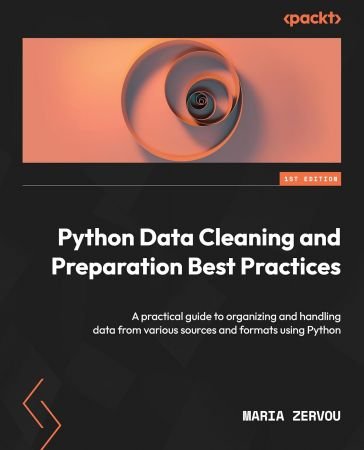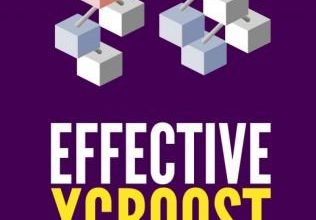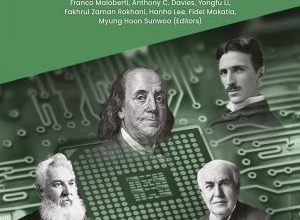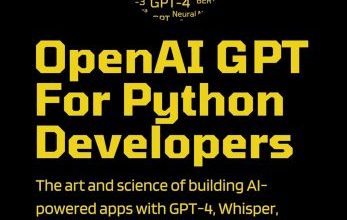Python Data Cleaning and Preparation Best Practices: A practical guide to organizing and handling data from various sources


Python Data Cleaning and Preparation Best Practices: A practical guide to organizing and handling data from various sources
English | 2024 | ISBN: 1837634742 | 611 pages | True EPUB | 13.23 MB
Take your data preparation skills to the next level by converting any type of data asset into a structured, formatted, and readily usable dataset
Key Features
Maximize the value of your data through effective data cleaning methods
Enhance your data skills using strategies for handling structured and unstructured data
Elevate the quality of your data products by testing and validating your data pipelines
Book Description
Professionals face several challenges in effectively leveraging data in today’s data-driven world. One of the main challenges is the low quality of data products, often caused by inaccurate, incomplete, or inconsistent data. Another significant challenge is the lack of skills among data professionals to analyze unstructured data, leading to valuable insights being missed that are difficult or impossible to obtain from structured data alone.
To help you tackle these challenges, this book will take you on a journey through the upstream data pipeline, which includes the ingestion of data from various sources, the validation and profiling of data for high-quality end tables, and writing data to different sinks. You’ll focus on structured data by performing essential tasks, such as cleaning and encoding datasets and handling missing values and outliers, before learning how to manipulate unstructured data with simple techniques. You’ll also be introduced to a variety of natural language processing techniques, from tokenization to vector models, as well as techniques to structure images, videos, and audio.
By the end of this book, you’ll be proficient in data cleaning and preparation techniques for both structured and unstructured data.
What you will learn
Ingest data from different sources and write it to the required sinks
Profile and validate data pipelines for better quality control
Get up to speed with grouping, merging, and joining structured data
Handle missing values and outliers in structured datasets
Implement techniques to manipulate and transform time series data
Apply structure to text, image, voice, and other unstructured data
Who this book is for
Whether you’re a data analyst, data engineer, data scientist, or a data professional responsible for data preparation and cleaning, this book is for you. Working knowledge of Python programming is needed to get the most out of this book.





